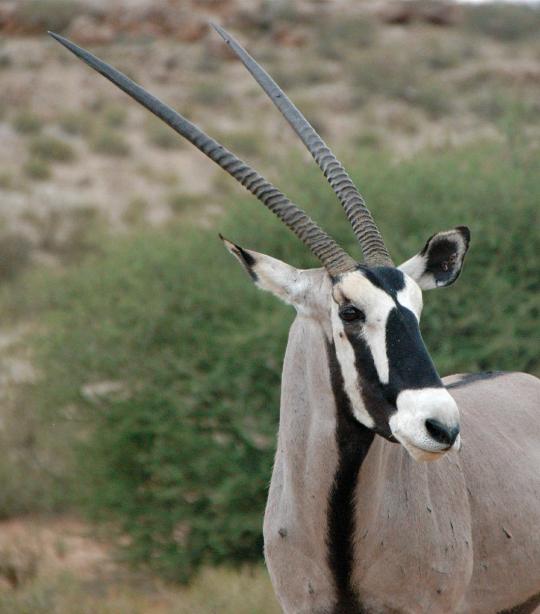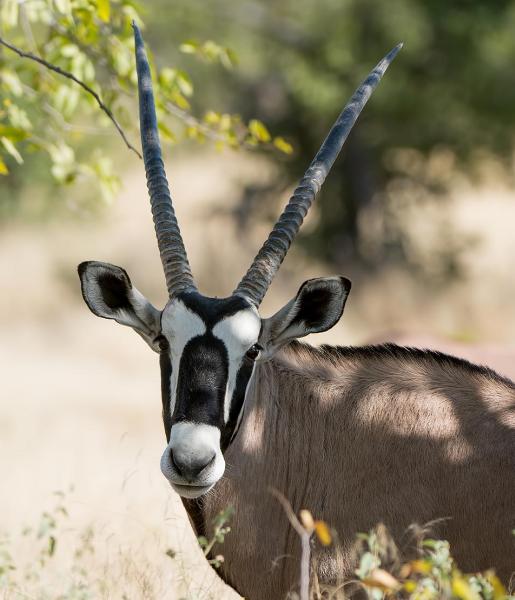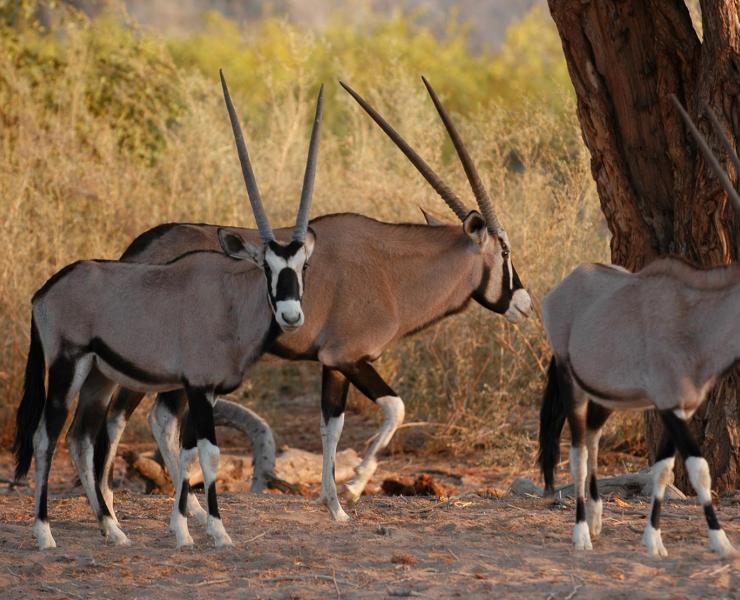SUSTAINABLE LIVING- Sustainable Food
Do you know that the food we enjoy eating like grilled steak and fried chicken have hidden costs to the environment?
It begins with clearing natural habitats to make way for agriculture.
Soil is fertilized with chemicals to maximize crop yield.
Livestock feeding produces methane and animal waste.
Food production and distribution use fossil fuel.
1.3 billion tons of food produced globally is wasted every year.
3.3 billion tons of carbon dioxide are produced by food waste.
The world’s population will increase to 10 billion by 2050.
Food demand will increase by 60-70%.
This calls for sustainable food production like reducing the use of fossil fuel;
Eat more plant-based food than meat.
Adopt zero waste by reusing containers;
and reducing food waste
Let’s practice sustainable living to save the environment.







